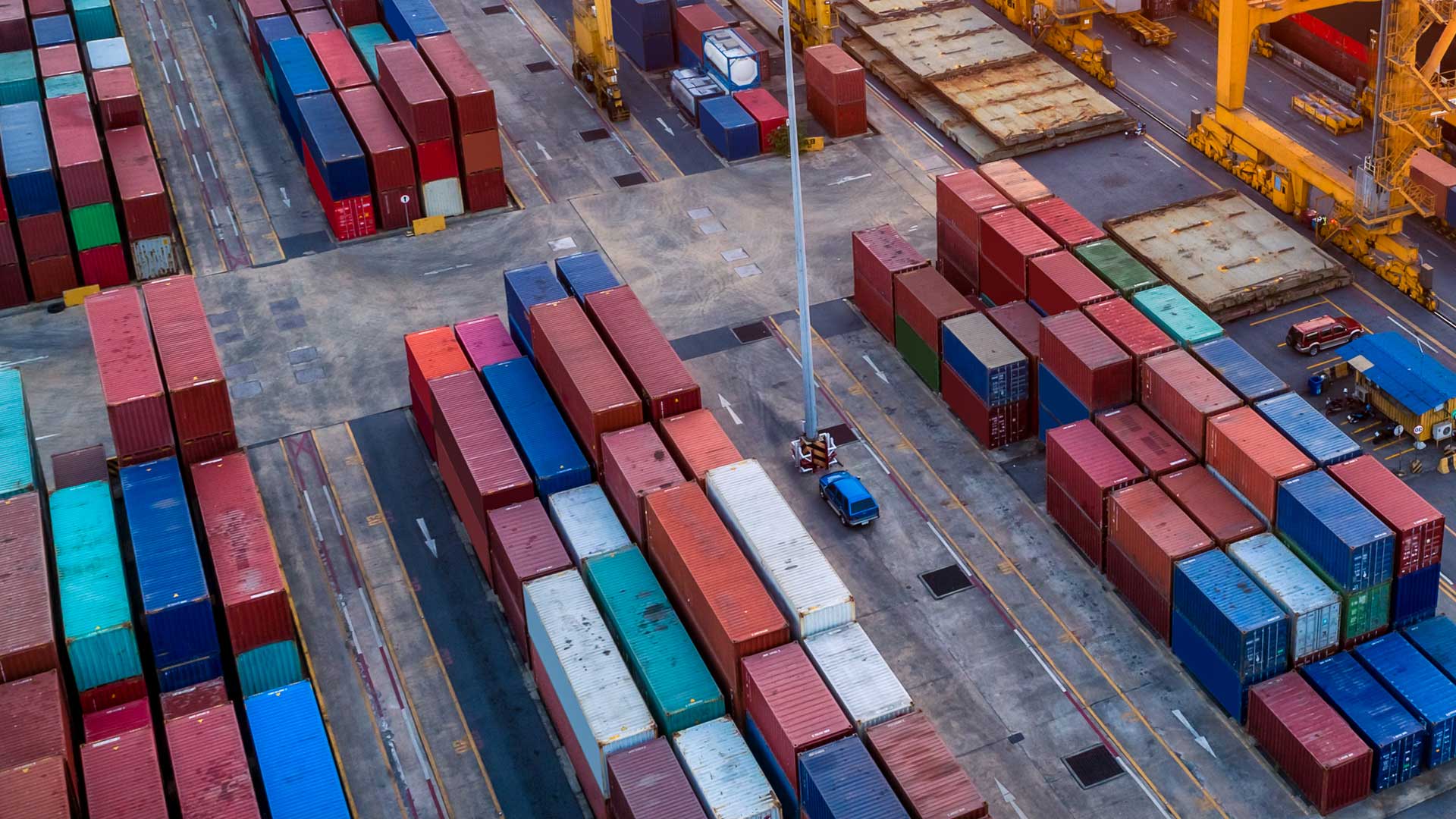On February 1, US President Donald Trump signed three executive orders which impose tariffs on Canada, China, and Mexico based on declared national emergencies associated with purported illegal immigration and fentanyl imports from each country.1 The orders follow months of speculation regarding if and when such tariffs would be imposed following President Trump’s social media post in late November. Canada responded the same day announcing retaliatory tariffs.
In this article, members of our Cross-Border Trade Law Task Force break down what you need to know about the announcements.
What tariffs are the US imposing?
The order targeting Canada, called the “Imposing Duties To Address The Flow Of Illicit Drugs Across Our Northern Border” (the Order), creates a 25 percent duty on imports into the US of Canadian-origin products, except energy resources, which are subject to a 10 percent duty, to take effect on Tuesday, February 4, 2025. The tariffs could increase in response to Canada’s retaliatory measures (discussed further below).
“Energy resources” that are subject to the 10 percent tariff are defined to include crude oil, natural gas, lease condensates, natural gas liquids, refined petroleum products, uranium, coal, biofuels, geothermal heat, the kinetic movement of flowing water, and critical minerals.
In addition, the Order removes the de minimis exemption for low-value imports, meaning imports of Canadian-origin goods that are valued at less than $800 will be subject to the new tariffs.
There is no mention in the Order of a process to request exclusions from the tariff for particular goods, although it’s possible such a process will be implemented later.
As explained in our Tariffs 101 article, not all goods shipped from Canada to the US are Canadian-origin. The Order specifically targets “all articles that are products of Canada”, which depends on the application of complex rules of origin. For example, goods manufactured in other countries that simply transit through Canada are not considered of Canadian-origin. Similarly, goods manufactured in the US that are exported to Canada and returned to the US, so-long as not improved in value, would not be subject to the new tariffs.
Goods that were already loaded onto a vessel or in transit on the final mode of transport before 12:01 a.m. ET on February 1 are exempt from the new tariffs so long as the importer certifies such to US Customs and Border Protection (CBP) at import.
The Order also excludes from the tariffs: (i) personal communications; (ii) donations of food, clothing or medicine; (iii) informational materials (such as publications, films, music, art and news); and (iv) personal baggage when traveling.
Tariffs similar in scope have also been levied against China and Mexico, at a rate of 10 percent and 25 percent, respectively.
What authority was used to impose the tariffs?
President Trump issued the Order based on his authority to address national emergencies under the International Emergency Economic Powers Act (IEEPA). IEEPA grants the president broad authority during a national emergency to investigate, regulate, or prohibit, inter alia, imports or exports involving any property in which any foreign country or a national thereof has an interest. The use of IEEPA to impose universal tariffs on imports from a country in these circumstances is novel, and there is a wide-spread assumption that the President’s authority to issue these tariffs under IEEPA will be challenged in US courts.
What counter tariffs is Canada imposing?
Hours after the Order was released, Canada announced that it would respond by imposing 25 percent tariffs on $155 billion of US imports, starting with $30 billion worth of goods on February 42 and adding another $125 billion worth of goods 21 days later. The first package of tariffs target US goods including orange juice, peanut butter, wine, spirits, beer, coffee, motorcycles, appliances, apparel, footwear, cosmetics, and pulp and paper.
The Canadian tariffs specifically target goods “marked as goods of the United States” in accordance with the rules of origin set out in regulation for CUSMA countries. Tariffs will not apply to goods “that are in transit to Canada” on the day that tariffs come into force.
What is the rationale for the US tariffs against Canada?
The White House has said that the primary rationale for the tariffs against Canada is the flow of drugs (particularly fentanyl) and illegal immigration across the Canada-US border, which it has stated constitutes a national emergency under IEEPA. However, the President has also raised concerns about a trade deficit purportedly disadvantaging the US economy.
How can the US impose tariffs if we have a trade agreement?
Generally speaking, imposing new tariffs runs contrary to the Canada-US-Mexico Agreement (CUSMA), which replaced NAFTA. For example, Article 2.4 Treatment of Customs Duties provides that “Unless otherwise provided, no party shall increase any existing customs duty or adopt any new customs duty on an originating good”.
However, there are exceptions, including an exemption in Article 32.2 for “Essential Security”, which provides that “Nothing in this Agreement shall be construed to: (b) preclude a Party from applying measures that it considers necessary … the protection of its own essential security interests”. Framing the tariffs under IEEPA as a response to fentanyl and a border crisis suggests that the Trump Administration is positioning itself to invoke the Essential Security exemption if challenged under CUSMA.
A challenge under the state-to-state dispute resolution provisions in Chapter 31 of CUSMA would, however, take months and would likely result, at the most, in Canada being authorized under the terms of the agreement to take retaliatory measures, which Canada has stated that it will do in any event.
Will drawbacks be available?
In our Tariffs 101 article, we noted that the US maintains duty drawback and duty deferral programs that allow importers to seek a deferral, refund, reduction, or waiver of customs duties that were paid on goods that are re-exported from the US. However, the Order provides clarity on this point, indicating that “No drawback shall be available with respect to the duties imposed pursuant to this order”.
Details on potential Canadian drawbacks or other relief have not yet been announced.
What else will Canada do in response?
Prime Minister Trudeau said Canada may take “non-tariff measures” related to exports of energy and critical minerals, and that the provinces may take additional measures. For example, Ontario Premier Doug Ford and Nova Scotia Premier Tim Houston have directed provincially run liquor stores to remove US alcohol from store shelves effective February 4.
The Canadian government has hinted that “pandemic-level” relief may be available for Canadian businesses, since the tariffs could significantly shake up cross-border supply chains and the Canadian economy more generally, particularly highly integrated sectors, like the auto sector, in which products pass the Canada/US and US/Mexico border multiple times before the finished product is ready for consumers.
What should businesses consider in the days and weeks ahead?
With the first blows in a trade war now fired, and an uncertain period of time ahead, Canadian and US businesses should:
- Review contractual clauses in current and upcoming supply or purchase contracts, particularly change of laws, force majeure, and similar provisions;
- Re-evaluate whether goods being imported into the US are truly of Canadian-origin, and vice versa for goods imported from the US into Canada;
- Consider whether supply chains can be diversified and investigate alternate sources of supply;
- Draw on free trade agreements with other regions, like the Canada-European Union Comprehensive Economic and Trade Agreement (CETA), in considering alternate markets for their products; and
- Engage sophisticated legal counsel and customs brokers.
The authors would like to thank Ian Chesney and Jonah Secreti, articling students, for their contribution to preparing this legal update.









